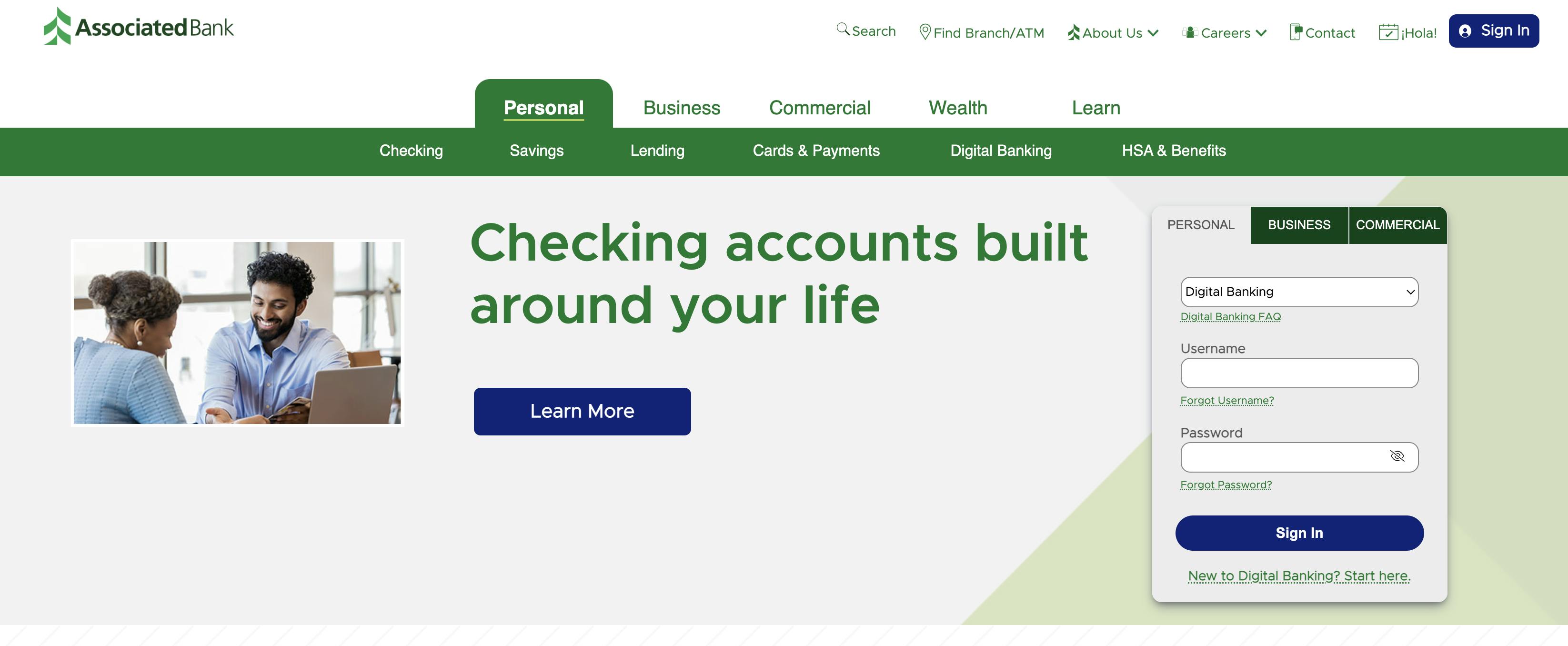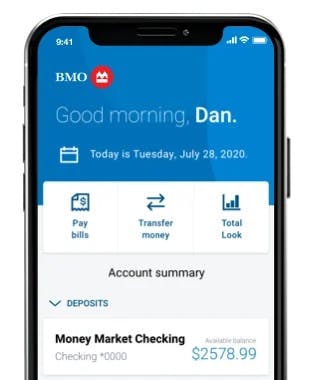Digital personalization: A roadmap for regional banks & credit unions

3 key steps for regional banks to get started with AI and personalization
Unlike their big bank counterparts, regional banks have a strong opportunity to get to know their customers on a personal level, helping with the all-important metric of customer retention. As more regional banks look to go nationwide with digital-only options, the importance of a strong customer experience will only increase.
It may seem counterintuitive, but technology such as artificial intelligence is helping businesses, like banks, get more personal. The difference today versus even just a few years ago is that, with impressive advancements in technology, we now have the ability to offer both the convenience of digital banking and a high-touch, ultra-customized experience online. They are no longer mutually exclusive, and that presents a major opportunity — and in some cases, a challenge — for regional and midsize banks and credit unions.
Capitalizing on personalized experiences
Indeed, the market is ripe for banks providing more personalized and higher-valued service through digital products. According to IBISWorld, regional banks in the U.S. grew 18.1% in 2022. There are many reasons for this growth, but looking at the tag lines of a few regionals gives you a better understanding of the value propositions and core values that they represent to their local markets:
- Associated Bank offers “Checking accounts built around your life”
- First Horizon Bank says “It's your money — let's find a way”
- The First National Bank of Long Island offers “Individualized solutions”
- Valley Bank: “You made possible”

As you look beyond the brand messaging and dig a bit deeper into each of the banks, however, they are all faced with a similar challenge of bringing that high-touch, concierge-level service that they can deliver on in person to their digital banking products and strategies. Seamlessly joining the two will make the end-to-end customer experience even more relevant, effective, efficient, and enjoyable.
Defining digital personalization in banking

At its core, personalization in banking is about understanding and anticipating needs to reduce friction; create more helpful, relevant, and enjoyable experiences; and ultimately drive desired behavior change. That is, entice and encourage customers to do the same tasks in new ways, or new tasks altogether — like saving for retirement for the first time, depositing checks through a smartphone instead of visiting a branch, or improving financial habits.
For example, BMO Bank of Montreal's mobile banking app utilizes artificial intelligence (AI) to offer personalized financial management alerts before they impact the customer. To see insights about deposits that are out of the ordinary or timely reminders to move money into savings, customers only need to log into the app. Customers can also interact with BMO's AI-powered chatbot for digital sales and self-service.
But first, data
Effective personalization — data-driven marketing and tailored experiences for existing customers and prospects alike — depends on data. Without true customer data to analyze and interpret, an accurate understanding of user profiles is impossible.
At a baseline, regional banks must have the ability to:
1. Track behavioral data across each marketing channel. (To start simpler, just implement tracking on the website or banking app, and grow into an omni-channel program.)
2. Centralize, combine, and merge the data into a single profile for each customer or prospect.
3. Analyze the data in a way that gets at each user’s preferences and real-time intent.
4. Interpret and act on the data to deliver a set of tailored digital experiences that promise increased relevancy and value.
Investment in a custom-built personalization engine is likely not feasible for regional banks and credit unions. But that’s not necessary. You can use a marketing analytics platform to turn data from your CRM into a framework for personalizing content and experiences. And there’s no lack of third-party personalization software on the market today, like Dynamic Yield and Coveo, for instance.
Getting started with personalization
Customizing experiences and products for banking customers offers potentially tremendous gains. But it can be difficult and overwhelming to get started.
The first step is to develop a personalization strategy that accounts for both near- and long-term success. You want a vision for the future, but a realistic roadmap to get there. That means adopting an agile mentality. Recognizing that demands and solutions can and should evolve and improve over time through the collaborative effort of cross-functional teams and customers is critical to maximizing investment.
And then just get started. You don’t need to try to execute an AI-powered app out of the gate (like BMO above), but you can make smaller, iterative investments in things that will lead to quick wins on which you can build, such as basic tracking capabilities, accurate personas and journey maps, improved content and UX strategy, and enhanced interface design.
With that foundation in place, here are three ways you can start personalizing your digital experiences easily and effectively in no time:
1. Present relevant page-level content
In essence, banks need to understand that the needs of a first-time visitor are different from a customer that’s researching, as well as of a long-term customer. Tailor messages, images, CTAs, and exit intent messages based on datapoints like referring source, demographic data, or place in the buyer’s journey, for example.
Example: On a dynamic homepage, a researching buyer sees a CTA button that says “Learn More,” while a returning visitor sees “How It Works,” and an existing customer is prompted to “Manage My Account.”
2. Guide consumers to valuable resources
Content isn’t one-size-fits-all anymore. Instead, optimize your blogs and resources based on small customer segments. Highlight relevant resources based on pages visited, suggest content based on behavior, individualize search results, and tailor product recommendations.
Example: An existing credit card customer starts looking for home financing online. Upon their visit to your website's resource hub, recommend white papers, calculators, and other relevant, high-value content related to home buying.
3. Time and target communication across channels
Find the trail that buyers are following, and craft their next touchpoint based on previous touchpoints, such as in-app messages, emails triggered and personalized based on activity, WhatsApp or SMS texts, or social remarketing.
Example: If a consumer hits a landing page from a search ad about private wealth management as their first touchpoint, then all subsequent targeted messaging on the web mentions topics such as asset management, retirement planning, or insurance services.
Want to learn more about getting started with personalization? Read Meaningful Personalization: A Guide to Getting Started.


